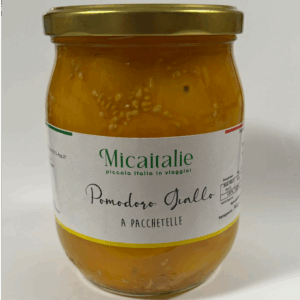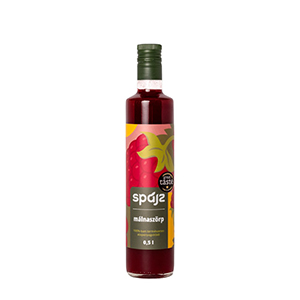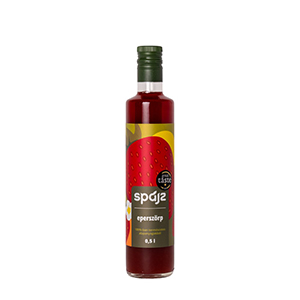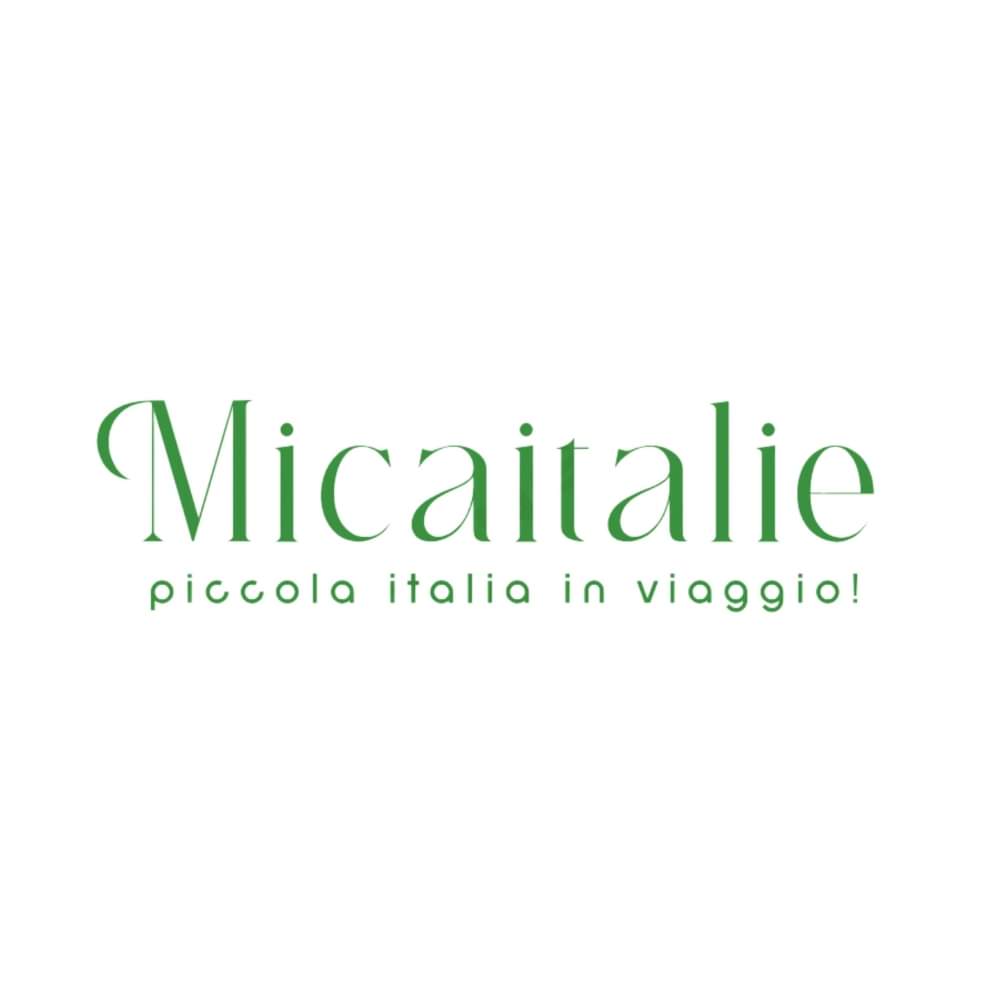
Top 10 Wine Importing Countries

Top 10 Wine Importing Countries
Wine imports are a key indicator of the evolving global demand for this centuries-old beverage. In 2023, global wine imports reached an estimated value of $36 billion, reflecting increasing consumer interest in premium, sustainable, and diverse wine offerings.
With over 10 billion liters of wine traded internationally every year, wine imports are crucial for connecting producers with consumers worldwide. The Top 10 wine-importing countries account for over 75% of global imports by value, showcasing the concentrated nature of international demand.
The United States leads as the largest wine importer by value, closely followed by the United Kingdom and Germany, while emerging markets like China and South Korea are experiencing rapid growth. These trends highlight both the opportunities for established producers and the necessity for exporters to adapt to regional preferences. The global wine market is projected to grow at a CAGR of 4.3%, reaching $528 billion by 2032, making it an essential sector for businesses seeking expansion.

1. United States
Import Volume: Over 1.1 billion liters annually
Value of Imports: Approximately $6.5 billion (2023)
Why It Stands Out: The U.S. is the largest importer of wine by value, driven by high demand for premium wines from France, Italy, and Spain.
Key Insights: Millennials and Gen Z are key drivers of wine consumption in the U.S., favoring rosé, sparkling, and sustainable wines.
2. United Kingdom
Import Volume: Around 1.4 billion liters annually
Value of Imports: Approximately $4.4 billion (2023)
Why It Stands Out: The UK is a mature wine market with a preference for affordable and mid-range wines from Italy, France, and New World producers.
Key Insights: Prosecco and sparkling wine dominate imports, aligning with growing consumer preferences for celebratory beverages.
3. Germany
Import Volume: Over 1.2 billion liters annually
Value of Imports: Approximately $3.8 billion (2023)
Why It Stands Out: Germany is Europe’s largest wine importer by volume, with a strong preference for Italian, Spanish, and French wines.
Key Insights: White wines, particularly Riesling and Pinot Grigio, remain top choices in this market.
4. China
Import Volume: Around 600 million liters annually
Value of Imports: Approximately $1.7 billion (2023)
Why It Stands Out: China’s growing middle class is driving demand for imported wines, with French and Australian wines being particularly popular.
Key Insights: Urbanization and rising disposable incomes make China a high-potential market, despite recent tariff challenges.
5. Japan
Import Volume: Over 450 million liters annually
Value of Imports: Approximately $1.4 billion (2023)
Why It Stands Out: Japan’s market is characterized by a preference for high-quality wines, with France and Italy as leading suppliers.
Key Insights: Japanese consumers value the cultural and artisanal aspects of wine, making premium wines highly desirable.
6. Canada
Import Volume: Around 400 million liters annually
Value of Imports: Approximately $1.2 billion (2023)
Why It Stands Out: Canadian consumers enjoy wines from both Old and New World producers, with an emphasis on organic and sustainable products.
Key Insights: Sparkling wines and rosé are gaining popularity, particularly among younger demographics.
7. Netherlands
Import Volume: Over 350 million liters annually
Value of Imports: Approximately $1 billion (2023)
Why It Stands Out: As a major distribution hub in Europe, the Netherlands imports wines not only for domestic consumption but also for re-export to other European markets.
Key Insights: Affordable wines from Spain and South America are prominent in this market.
8. Belgium
Import Volume: Around 300 million liters annually
Value of Imports: Approximately $900 million (2023)
Why It Stands Out: Belgium’s market favors premium wines, particularly from France and Italy.
Key Insights: Belgian consumers are known for their interest in exploring niche and artisanal wines.
9. South Korea
Import Volume: Over 280 million liters annually
Value of Imports: Approximately $850 million (2023)
Why It Stands Out: South Korea’s wine market is growing rapidly, driven by younger consumers and the influence of Western dining culture.
Key Insights: Sparkling wines and natural wines are trending in this dynamic market.
10. Russia
Import Volume: Around 250 million liters annually
Value of Imports: Approximately $700 million (2023)
Why It Stands Out: Russia’s wine market is expanding despite geopolitical challenges, with a strong demand for Italian and Spanish wines.
Key Insights: Affordable wines dominate, but there is a growing segment for premium imports.
Trends in Wine Imports
Rising Demand for Premium Wines
Consumers are increasingly willing to pay for premium and artisanal wines, with the segment growing at 6.5% annually. Countries like the U.S., Japan, and China are leading in this trend, favoring high-quality imports from France and Italy.Sustainability and Organic Wines
The global organic wine market is projected to reach $15.5 billion by 2030, with consumers prioritizing environmentally friendly and sustainably produced wines. Key markets like Germany and the UK are showing significant interest in organic options.Emerging Markets in Asia
China and South Korea are rapidly increasing their wine imports, driven by rising disposable incomes, urbanization, and evolving consumption patterns. South Korea’s wine imports grew by 38% in 2023, reflecting its burgeoning demand.E-Commerce Growth
The online wine market is expected to grow by 10.3% annually, particularly in North America and Asia-Pacific. Platforms are enabling easier access to imported wines, especially for niche and specialty products.Preference for Sparkling Wines
Sparkling wines, including Prosecco and Champagne, are experiencing surging demand, especially in celebratory markets like the UK and Japan. The sparkling wine segment is projected to grow at a CAGR of 7% globally.Shift to Low-Alcohol and Functional Wines
Younger consumers, particularly Millennials and Gen Z, are opting for low-alcohol and functional wines that align with health-conscious lifestyles, driving innovation in these categories.

Challenges in the Wine Industry
Impact of Climate Change
Rising temperatures and unpredictable weather patterns are significantly affecting grape yields and quality, particularly in traditional wine-growing regions like Europe.Geopolitical Instability and Trade Barriers
Tariffs, sanctions, and other trade restrictions are creating uncertainties for exporters, especially in markets like China and Russia.Economic Pressures
Global inflation and economic instability are reducing discretionary spending, limiting consumer purchases of premium and luxury wines in certain markets.Intensified Competition
With the rise of affordable alternatives like Prosecco and Cava, traditional wine markets are facing increased competition, particularly in casual and mid-range segments.Evolving Consumer Preferences
Suppliers must constantly adapt to trends like vegan, biodynamic, and sustainably sourced wines to stay competitive in premium markets.Supply Chain Challenges
Rising shipping costs and logistical disruptions continue to impact the ability of producers to maintain competitive pricing and ensure timely deliveries.
The Top 10 Wine Importing Countries represent a dynamic and lucrative opportunity for global wine producers to expand their markets. From the U.S.’s preference for premium wines to Asia’s growing appetite for diverse options, these countries reflect the evolving global palate. The growing demand for sustainable, organic, and premium wines underscores the importance of adapting production and marketing strategies to meet consumer expectations.
Platforms like uFoodin are transforming how producers connect with these high-potential markets. By leveraging uFoodin’s presence in over 210 countries, suppliers can showcase their products to a global audience, foster relationships with buyers, and access valuable market insights. The platform also facilitates e-commerce solutions, enabling smaller producers to compete on a global scale and reach niche segments with ease.
As the wine industry navigates challenges such as climate change, economic pressures, and shifting preferences, collaboration and innovation will be key. By embracing sustainable practices and leveraging platforms like uFoodin, wine producers can secure their position in a competitive market and continue to delight consumers worldwide.
uFoodin Editorial Team
Bibliography
Statista: Global Wine Import Statistics
Mordor Intelligence: Global Wine Market Trends and Projections
International Organisation of Vine and Wine (OIV): Global Wine Data
Reuters: Impact of Climate Change on Wine Production
Wine-Searcher: Insights on Consumer Wine Preferences
MarketWatch: Trends in Organic and Sustainable Wine Markets
LAST ARTICLES

Top 10 Sugar Importing Countries
Sugar remains one of the most widely traded commodities globally, fueling industries from confectionery to beverages and processed foods. The global sugar import market was

Top 10 Wine Importing Countries
Wine imports are a key indicator of the evolving global demand for this centuries-old beverage. In 2023, global wine imports reached an estimated value of
FEATURED OFFERS
-

Pomodorino giallo a pacchetelle/ Yellow cherry tomatoes in packets 580 GR
-

Spájz Mango Syrup 0.5 L
-

Spájz Provence Syrup 0.5 L – Great Taste Awards 2019 * & 2024 *
-

Spájz Raspberry Syrup 0.5 l – Great Taste Awards 2024 *
-

Spájz Strawberry Syrup 0.5 l – Great Taste Awards 2024 *
-

Spájz Elderflower Syrup 0.5 l – Great Taste Awards 2023 **
Related Posts

Top 10 Sugar Importing Countries
Sugar remains one of the most widely traded commodities globally, fueling industries from confectionery to beverages and processed foods. The global sugar import market was

Top 10 Wine Importing Countries
Wine imports are a key indicator of the evolving global demand for this centuries-old beverage. In 2023, global wine imports reached an estimated value of

Top 10 Tea Brands
Tea is one of the most widely consumed beverages globally, cherished for its diverse flavors, cultural significance, and health benefits. The global tea market has

Top 10 Coffee Importing Countries
Coffee remains a global staple, with over 2 billion cups consumed daily worldwide and an annual import volume exceeding 10 billion kilograms. In 2023, the

Top 10 Breakfast Cereal Brands
The global breakfast cereal market is a significant segment of the food industry, offering consumers convenient and nutritious options to start their day. In 2024,

Top 10 Soft Drink Companies
The global soft drink industry is a dynamic and expansive sector, encompassing a wide array of non-alcoholic beverages that cater to diverse consumer preferences worldwide.

Functional Always active
Preferences
Statistics
Marketing

Functional Always active
Preferences
Statistics
Marketing
Report
There was a problem reporting this post.
Block Member?
Please confirm you want to block this member.
You will no longer be able to:
- See blocked member's posts
- Mention this member in posts
- Invite this member to groups
- Message this member
- Add this member as a connection
Please note: This action will also remove this member from your connections and send a report to the site admin. Please allow a few minutes for this process to complete.











Responses